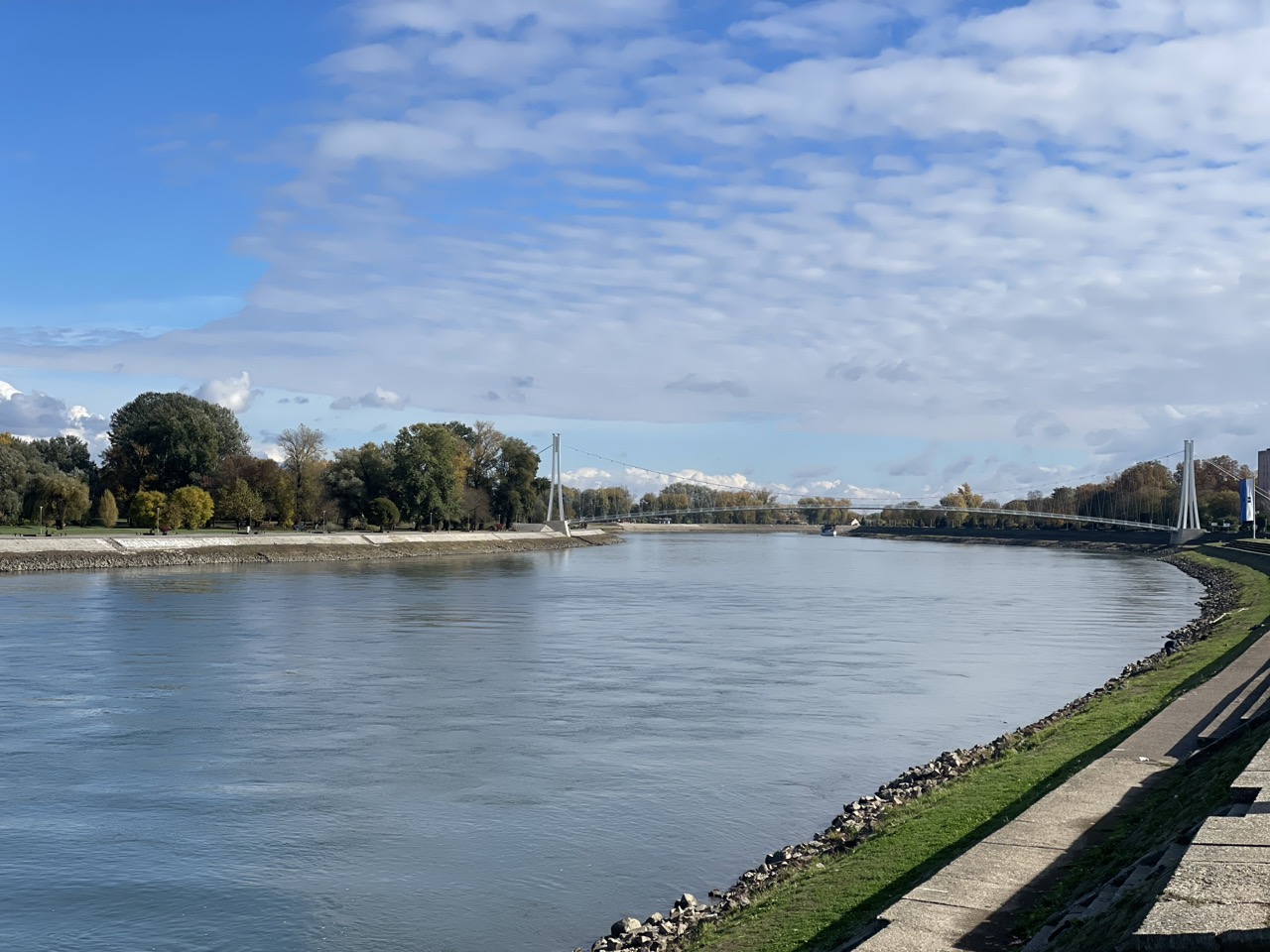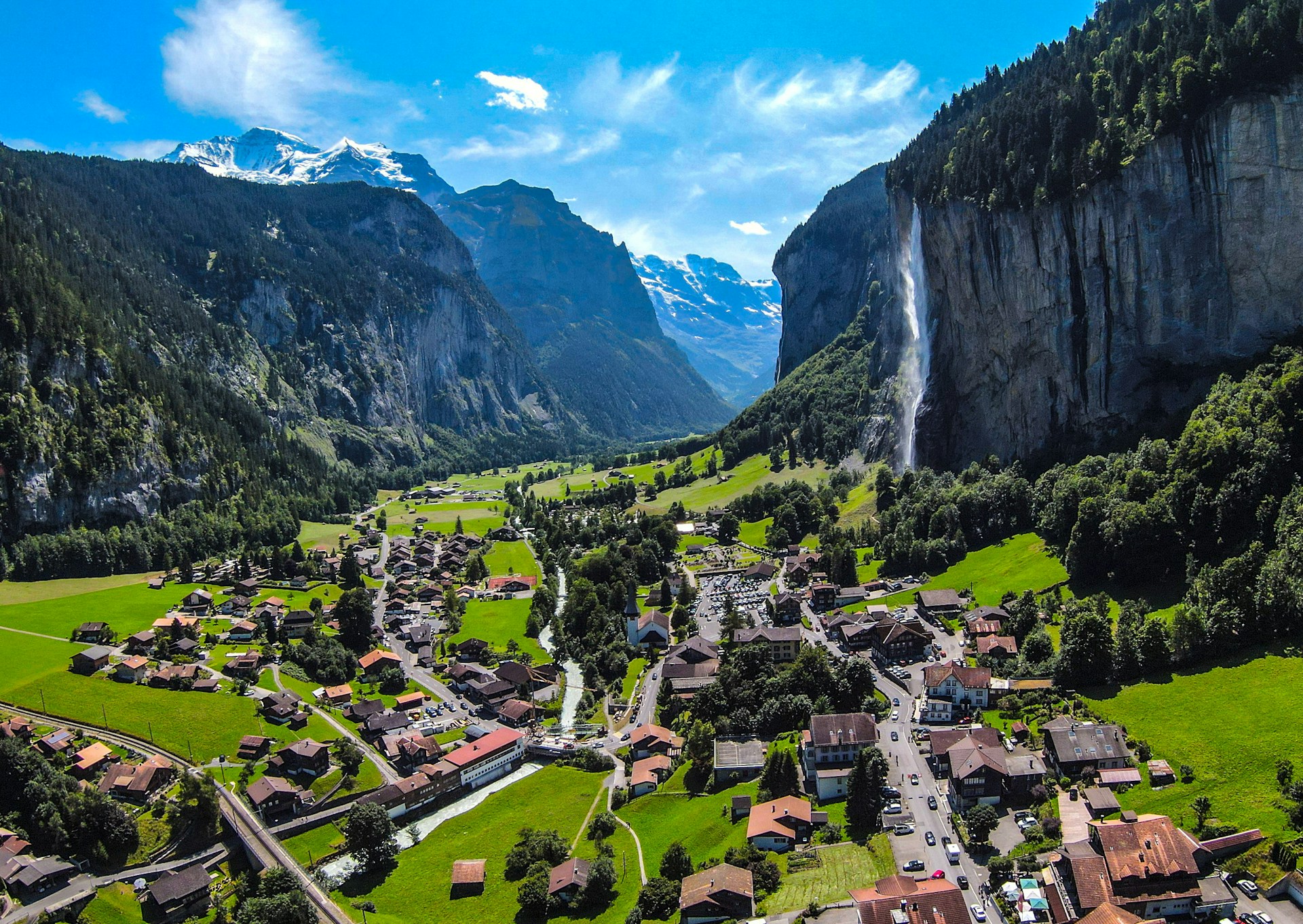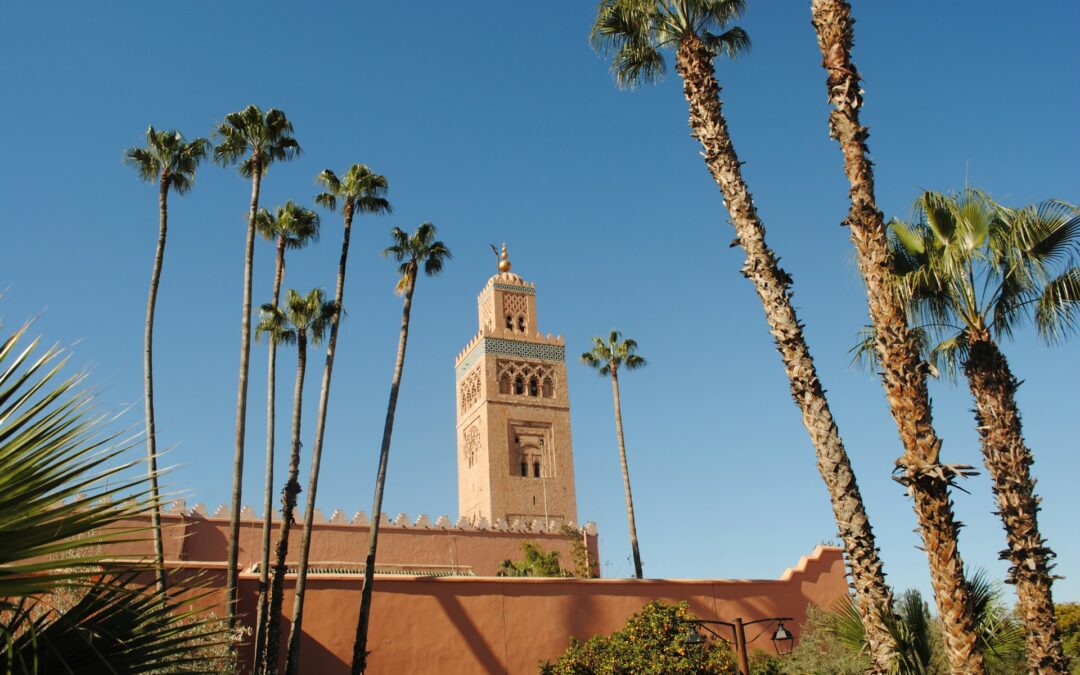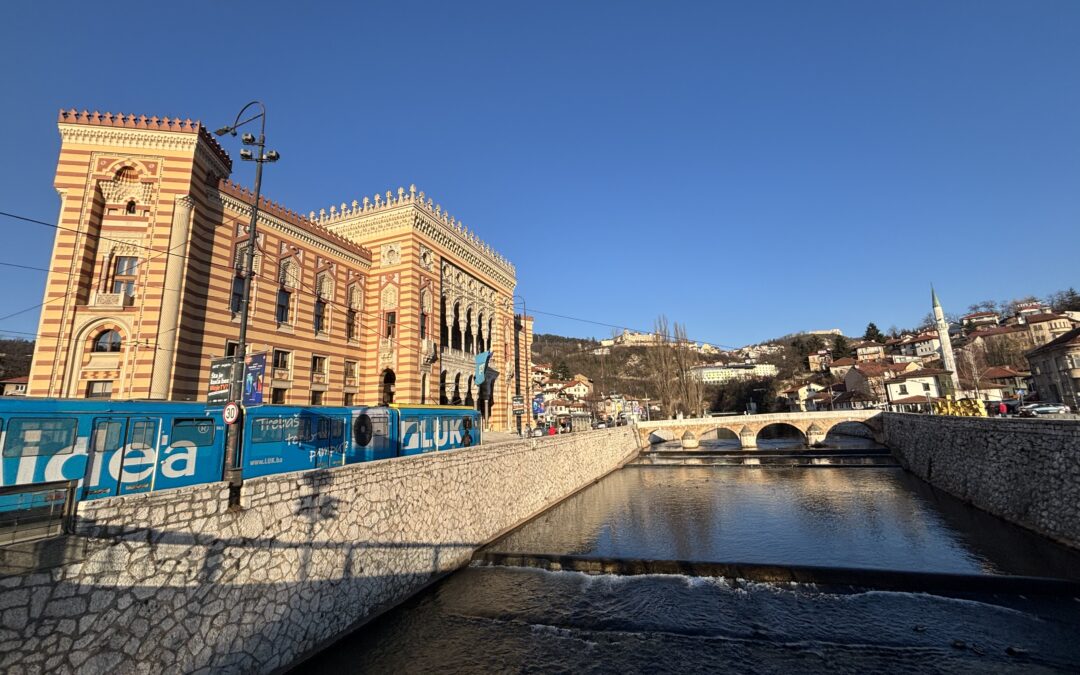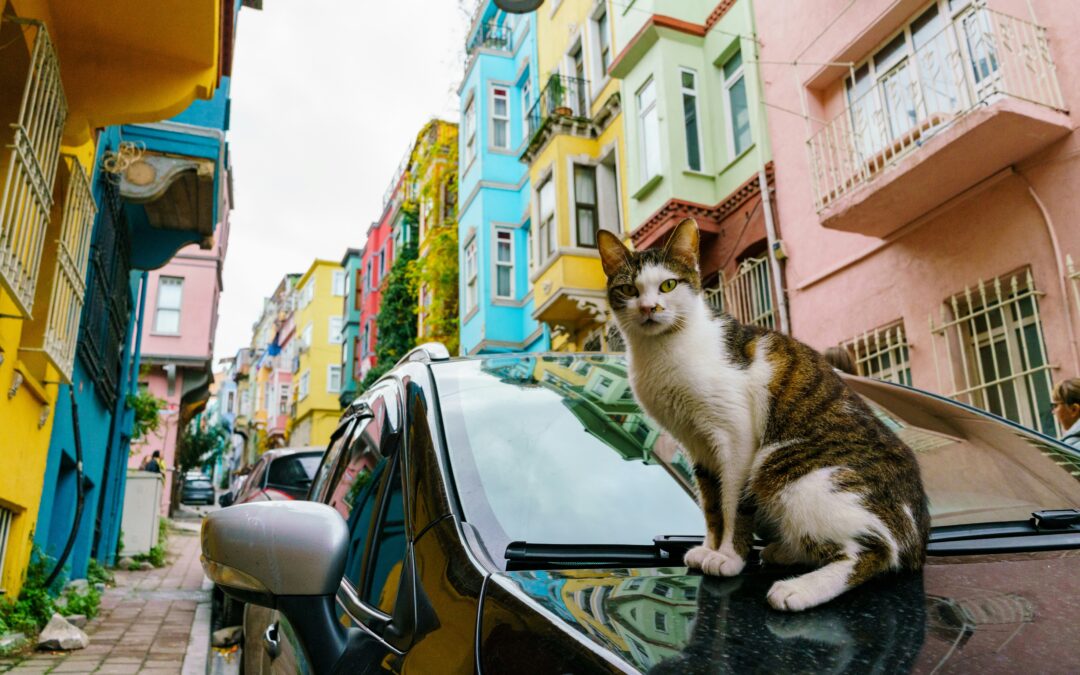If you’ve ever been to London, you’ve almost certainly used the London Underground. Even if you tried to avoid it, you couldn’t – it’s the beating heart of the city’s transport system. Known affectionately as the “grandmother” of all subways, London’s metro network is the oldest in the world. It first opened in 1863 and today operates across 272 stations that connect this busy metropolis, often called the heart of Europe.
Here are a few fascinating London Underground facts that might just surprise you.
Most of it isn’t underground
Despite the name, only 45% of the London Underground actually runs beneath the surface. The rest of the network stretches across the open air, especially in the outer zones of the city. So next time you ride the Tube, don’t assume you’re always below ground!
11.5 days a year spent commuting
Life in London may sound glamorous, but the average Londoner spends around 11.5 days a year riding the Tube. That’s hundreds of hours sitting on trains — plenty of time to read, people-watch, or daydream about escaping the city.
Even the Queen has taken the Tube
Yes, Queen Elizabeth II once rode the London Underground — actually, twice! The first time was at age 13 with her sister, and the second was in 1969 during the opening of the Victoria Line. Royal approval doesn’t get much better than that.
Jerry Springer was born in the Tube
It’s true! Talk show host Jerry Springer was born in the Highgate station in 1944. During World War II, his mother took shelter in the Underground while the city was being bombed, and that’s where he was born. The Tube quite literally gave life to one of television’s most famous personalities.
The busiest station of all
If you love crowds (and a bit of chaos), head to Waterloo Station during rush hour. Between 7 a.m. and 10 a.m., over 57,000 people pass through its gates. To put that into perspective, that’s nearly twice the population of Čakovec and its surrounding villages combined.
The Underground as a museum vault
During World War II, the Piccadilly Line tunnels were used to store precious artifacts from the British Museum, protecting them from bombing raids. The idea of ancient treasures hidden below London’s streets feels straight out of an adventure film.
The darker side of the Tube
Like any major city network, the Underground has seen its share of tragic incidents over the years. Between 2000 and 2010, some lines reported a high number of fatalities, with the Northern, Central, and Piccadilly lines recording the most. London Transport continues to implement safety measures and awareness campaigns to prevent such tragedies.
The ghost stations beneath the city
Below London’s streets lie 26 “ghost stations” — disused Tube stops that were once part of the network but are now closed. The most famous is Aldwych Station, opened in 1907 and closed in 1994. Today, it can only be visited on guided tours organized by the London Transport Museum. If you’re into hidden history, this tour is a must. You can find details here: London Transport Museum – Hidden London.
The Tube: more than just transport
The London Underground is more than a way to get around; it’s a living piece of history that tells the story of London’s growth, resilience, and character. Whether you’re catching a train, exploring a hidden station, or admiring the roundel logo, the Tube remains one of the most iconic symbols of the city.

